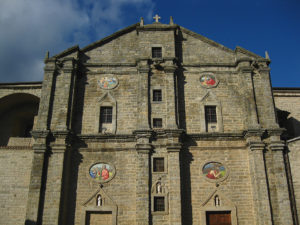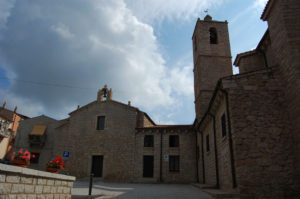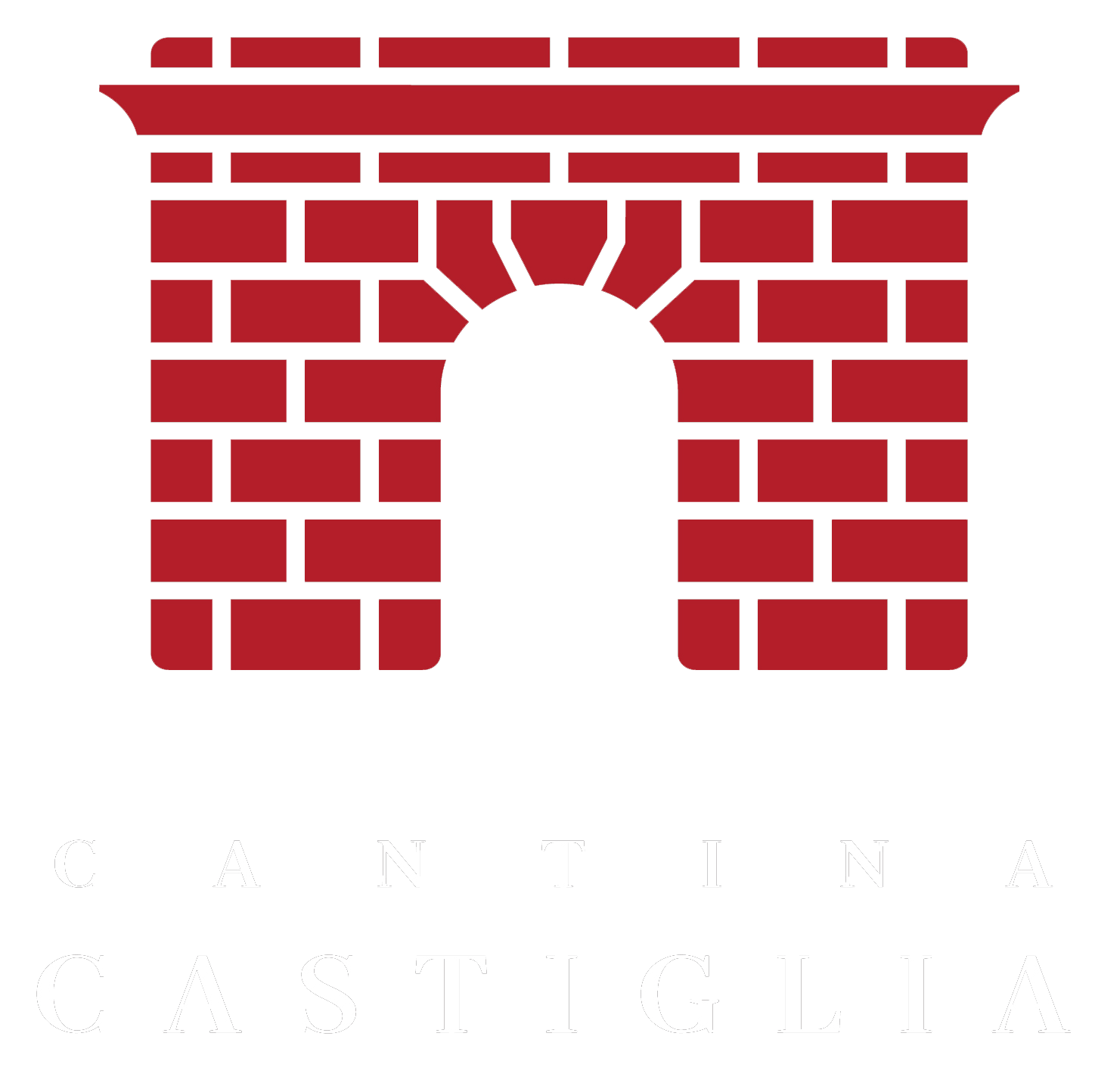The Territory
Tempio Pausania
 Tempio Pausania lies in the heart of Gallura, at the foot of Monte Limbara. It is a charming town, famous for its cork products and granite stone production. The countryside has several Nuraghic-period remains, including the nuraghes of Monti Pinna, Tanca Manna Izzana, Culbinu, Agnu and Majori, where several flint and obsidian objects have been found.
Tempio Pausania lies in the heart of Gallura, at the foot of Monte Limbara. It is a charming town, famous for its cork products and granite stone production. The countryside has several Nuraghic-period remains, including the nuraghes of Monti Pinna, Tanca Manna Izzana, Culbinu, Agnu and Majori, where several flint and obsidian objects have been found.
The town’s distinguishing feature are its old granite houses, similar to those found in towns in southern Corsica. This is famous wine-growing land, producing some outstanding wines such as Vermentino and Moscato, with a flourishing export market. The area is known for the Rinaggiu springs, at the foot of Monte Limbara.
Their light mineral water has excellent curative properties. Tempio Pausania also has thermal springs. A charming historical landmark is the 18th country church of San Lorenzo, standing on the hill of the same name. If you step inside you’ll see a statue of the Saint on the gridiron. The Saint’s festival is held on 10 August.
In town, visit the interesting Historical Museum of Cork Working, with its interesting collection of artisan tools and industrial machinery for working this multifaceted natural material. You can also stop at the Museum Templense, which houses an interesting collection of ancient sacred art, including silver artefacts and paintings from the cathedral of San Pietro Apostolo.
Calangianus
The village of Calangianus lies in a hollow protected on three sides by the partially wooded granite mountains of “Mount Lu Casteddu”, “Gaspareddu”, “Casiddu” and “Lu Colbu”. In the Middle Ages it belonged to the “Giudicato” of Gallura in the district department of Gèmini Josso: after the collapse of the “Giudicato” system, it first passed to Arborea and then to the Aragonese right at the end of the XVII century, the period when it was absorbed by the feud of Fadriguez-Fernandez. The historic centre is made up of a network of roads, the main ones paved in granite and stone houses which develop around the parish church.
Perchè visitare
 The parish Church of Santa Giusta is of certain interest, characterised by a granite facade dating back to the XIV century and embellished in the twentieth century by the frescos of Dovera, the artist from Sassari, and by a number of marble sculptures by Luigi Caprino. A particular mention must be given to the XVI century painting depicting the “Assumption” by the artist Andrea Lusso. The diocesan museum of Santa Giusta certainly offers a number of interesting cultural attractions and is part of the “Museum of the Dioceses of Tempio-Ampurias”, whose sites also number those of Castelsardo, La Maddalena, Martis, Nulvi and Perfugas.
The parish Church of Santa Giusta is of certain interest, characterised by a granite facade dating back to the XIV century and embellished in the twentieth century by the frescos of Dovera, the artist from Sassari, and by a number of marble sculptures by Luigi Caprino. A particular mention must be given to the XVI century painting depicting the “Assumption” by the artist Andrea Lusso. The diocesan museum of Santa Giusta certainly offers a number of interesting cultural attractions and is part of the “Museum of the Dioceses of Tempio-Ampurias”, whose sites also number those of Castelsardo, La Maddalena, Martis, Nulvi and Perfugas.
The expository space is located in the oratory of “Nostra Signora del Rosario”, which is already the seat of the confraternity with the same name and stands alongside the parish Church of Santa Giusta.
The museum offers its visitors a rich collection of precious objects dating back to the XVI and XVIII centuries, with a preponderance of liturgical artefacts like holy paraments, statues, silverware and old XVII century books.
The little Church of Sant’Anna of 1688 rises in the oldest nucleus of the village. On the contrary, the Church of “Santa Maria degli Angeli” is to be found on the outskirts, together with the ruins of a monastery which has a well and a number of ruined rooms. The “Sigara” spring is also found on the edge of the inhabited area, situated on a panoramic hill and the ideal place for a walk through woods and breathtaking views.
The age-old ilex tree wood of the Stazzana park is not far from the inhabited centre. Towards the west we come across the “giants’ tomb” of Badumela. Further south, stretches the luxuriant valley of the Rio S. Paulu, which is full of cork woods and lies at the foot of Mount Limbara. A winding nature and bike trail starts from near the little Church of “Madonna delle Grazie” and gives you the chance to enjoy an extraordinary view which sweeps from the Rio Razzucciu valley as far as the foot of the Bianchi, Li Conchi and Maratta mountains. The splendid islands of Soffi, Mortorio and Tavolara can also be seen.
The Pascareddha “giants’ tombs” are not far from Calangianus deep within a cork tree wood, at the northern foot of the “Mount of Deu” in the Gallura interior.
Two of the most important manifestations held in Calangianus in September are the “Cork Exhibition” and the Feast of Sant’Isidoro with its procession complete with musical band. The country feast of “San Giovanni sul Liscia” is organised on June 24th.
